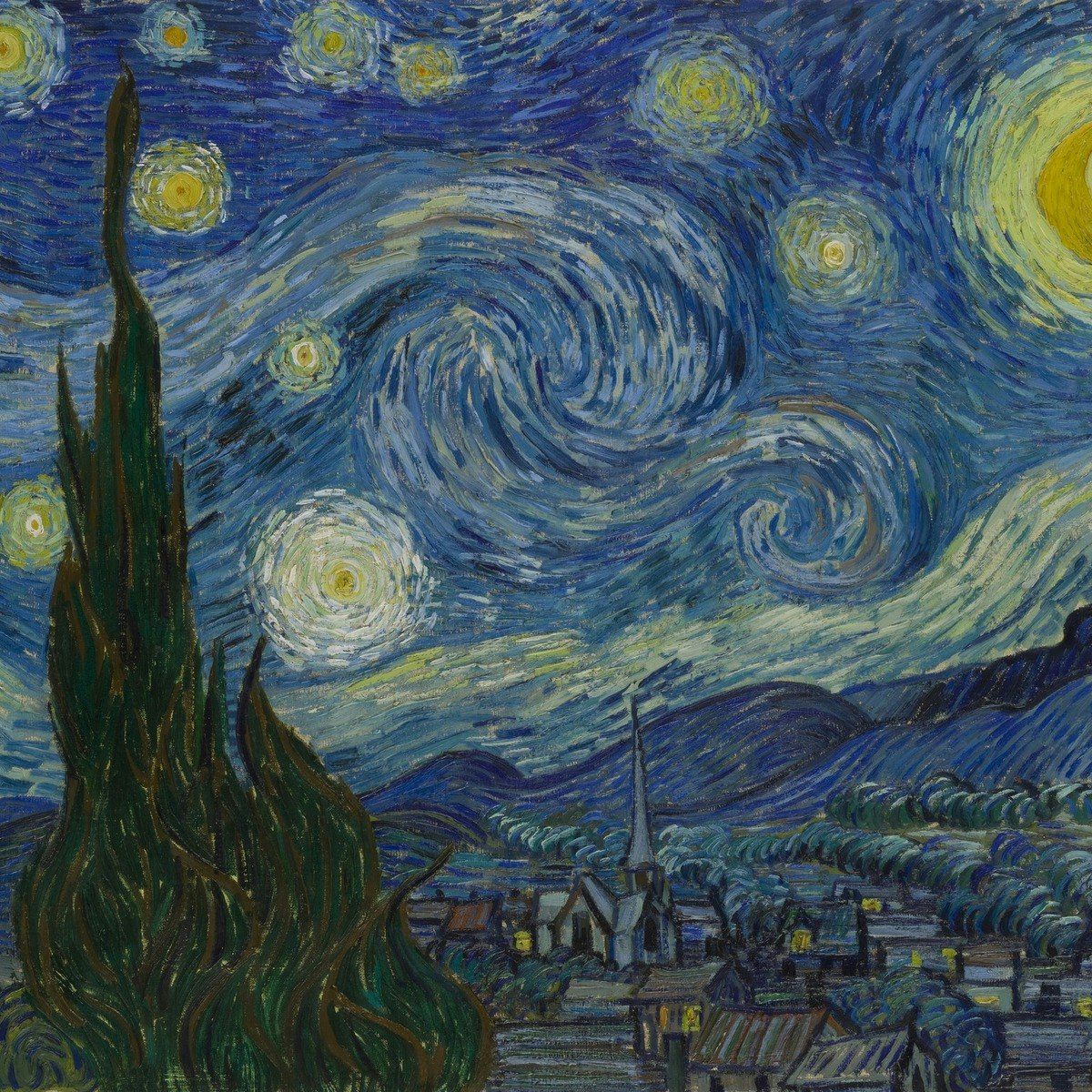Revealing the Most Intriguing Trump Art Pieces of the Years
Revealing the Most Intriguing Trump Art Pieces of the Years
Blog Article
Starting an Aesthetic Trip Through the Lyrical Interpretations of Nature in Stylist Landscapes
Each brushstroke, each play of light and darkness, and each color choice in their jobs speaks volumes concerning the artists' deep connection to nature and their capacity to equate its beauty onto the canvas. As we discover the lyrical interpretations of nature in Impressionist landscapes, we are welcomed to immerse ourselves in a globe where truth and emotion link, providing a glance right into the artists' extensive gratitude for the natural world.
The Captivating Brushstrokes of Claude Monet
Claude Monet's proficiency of brushstrokes transcends plain method, imbuing his landscapes with an aerial high quality that mesmerizes and mesmerizes viewers - trump art. His cutting-edge usage of shade and light, combined with his unique brushwork, produces a feeling of movement and life within his paintings. Monet's distinguished series of jobs illustrating water lilies and his legendary haystacks showcase his capacity to capture the fleeting results of light and ambience

Checking Out Light and Darkness With Camille Pissarro
Symbolizing a similar respect for the interplay of light and shadow, Camille Pissarro's creative vision unfolds as an unified exploration of the all-natural world's luminous subtleties. Pissarro, a key number in the Impressionist activity, masterfully caught the dynamic relationship between light and shadow in his landscapes. His proficient use shade and brushwork permitted him to share the subtle changes in light that specify different times of day and seasons.
Pissarro's paints often feature dappled sunlight filtering via leaves, casting elaborate patterns of light and darkness on the planet below. In works such as "Hoar Frost, the Effect of Snow, Pontoise," Pissarro skillfully portrays the crisp illumination of winter months sunlight compared with the cool darkness that define the snowy landscape. By accepting both light and darkness in his compositions, Pissarro invites customers to submerse themselves in the natural charm and transient impacts of light worldwide around them.

Via Pissarro's works, we are reminded of the transformative power of light and darkness, welcoming us to stop briefly and appreciate the short lived moments of elegance present in the day-to-day landscapes that border us.
A Harmony of Colors by Edgar Degas
Edgar Degas manages a lively symphony of colors in his masterful art work, infusing his compositions with a vibrant interplay of colors that captivate the customer's look. Recognized mainly for his ballet dancers and intimate scenes of Parisian life, Degas adeptly manipulated shades to share state of mind and motion in his paints. trump art. His use of vibrant, contrasting shades and refined tonal variants created a sense of deepness and vibrancy within his works
Degas' shade scheme often contained rich blues, deep environment-friendlies, and warm oranges, which he applied with certain brushstrokes to record the essence of his subjects. Whether portraying a ballerina mid-performance or a group of buddies conversing at a cafe, Degas' colors not only showed the scene yet also evoked a feeling of feeling and energy.
In Addition, Degas' a knockout post experimentation with light and darkness included an additional layer of intricacy to his shade compositions, enhancing the total atmosphere of his paints (trump art). Via his proficient adjustment of color, Degas developed a visual harmony that remains to resonate with viewers today
Exploring Nature's Serenity With Berthe Morisot
Berthe Morisot's creative vision supplies a serene departure from the vibrant shade symphonies of Edgar Degas, as she catches the peace of nature in her expressive landscapes. Recognized for her fragile brushwork and intimate representations of daily life, Morisot's landscapes exude a feeling of tranquility and consistency.
Morisot's paintings typically include soft, low-key tones that communicate a sense of calmness and tranquility. Her works, such as "The Cradle" and "Summertime's Day," showcase her ability to catch the subtle appeal of nature in such a way that is both soothing and contemplative to the viewer.
Unlike some of her Stylist counterparts who concentrated on strong shades and dynamic structures, Morisot favored to develop mild, reflective scenes that welcome the audience to pause and reflect. Through her skillful use of light and darkness, Morisot produces a sense of harmony that reverberates with the customer on a deep emotional level.
The Emotional Landscapes of Vincent Van Gogh
Vincent Van Gogh's landscapes vividly convey a deepness of feeling with their vibrant brushwork and meaningful use shade. The Dutch post-impressionist musician is renowned for his capacity to record intense and raw feelings in his paints, transcending traditional representations of nature. Van Gogh's turbulent personal life, noted by mental health battles, substantially affected his art, infusing his landscapes with a sense of anxiousness, moody, or pep.
In jobs such as "Starry Evening" and "Wheatfield with Crows," Van Gogh's swirling brushstrokes and vivid shade choices evoke a profound emotional reaction from customers. The rough skies and upset landscapes in his paints mirror his internal turmoil and psychological turbulence, welcoming viewers to dive into the intricacies of his psyche.
Van Gogh's unique visual language, characterized by overstated viewpoints and vibrant use color, produces landscapes that reverberate with audiences on a deeply emotional degree. Via his art, Van Gogh invites us to see nature not just as an explanation exterior truth however as a mirror of our innermost feelings and emotions.
Final Thought
To conclude, the impressionist landscapes of musicians such as Claude Monet, Camille Pissarro, Edgar Degas, Berthe Morisot, and Vincent Van Gogh provide a fascinating and distinct aesthetic interpretation of nature. Through their use brushstrokes, light, shade, and emotion, these musicians have actually developed a symphony of photos that stimulate a sense of tranquility and elegance in the environment. Their works proceed to influence and enchant viewers with their lyrical interpretations of the landscapes around us.
Each brushstroke, each play of light and darkness, and each shade choice in their works speaks quantities about the musicians' deep connection to nature and their capability to translate its beauty onto the canvas. His cutting-edge use of color and light, combined with his distinctive brushwork, creates a feeling of movement and life within his paintings. His proficient use of color website link and brushwork allowed him to convey the refined changes in light that specify various times of day and periods.

Report this page